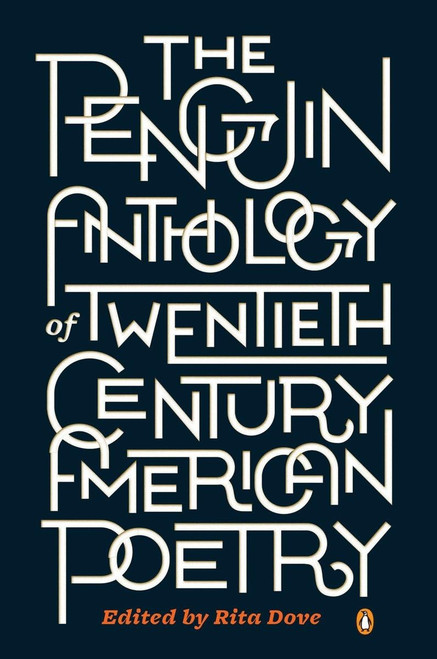Pullum examines the rhetorical genre of 20th-century American faith healing. He first analyzes respectively the rhetoric of Aimee Semple McPherson, William Branham, Oral Roberts, Asa Alonzo Allen, Ernest Angley, Kathryn Kuhlman, and Benny Hinnthe most prominent American faith healers of this century. For each, he discusses their background, the nature of the audiences to whom they preached, and why they were so successful. Pullum concludes by drawing together the major rhetorical features of faith-healing discourse.
Pullum shows that faith-healing discourse follows the strategy of offering hope to the hopeless, giving God the glory, articulating humble beginnings, offering testimony of past personal afflictions overcome, and drawing on scripture to bolster their claims. This discourse is often presented in dynamic fashion, making it not only credible, but entertaining as well. After elucidating the rhetorical patterns of faith healers, Pullum evaluates claims of the miraculous in light of the standard that they set for themselves. In other words, miracles as presented by faith healers are juxtaposed to the types one reads about in the Bible. Pullum also attempts to account for why people claim miraculous cures in spite of the fact that nothing miraculous has occurred in the services of faith healers.











